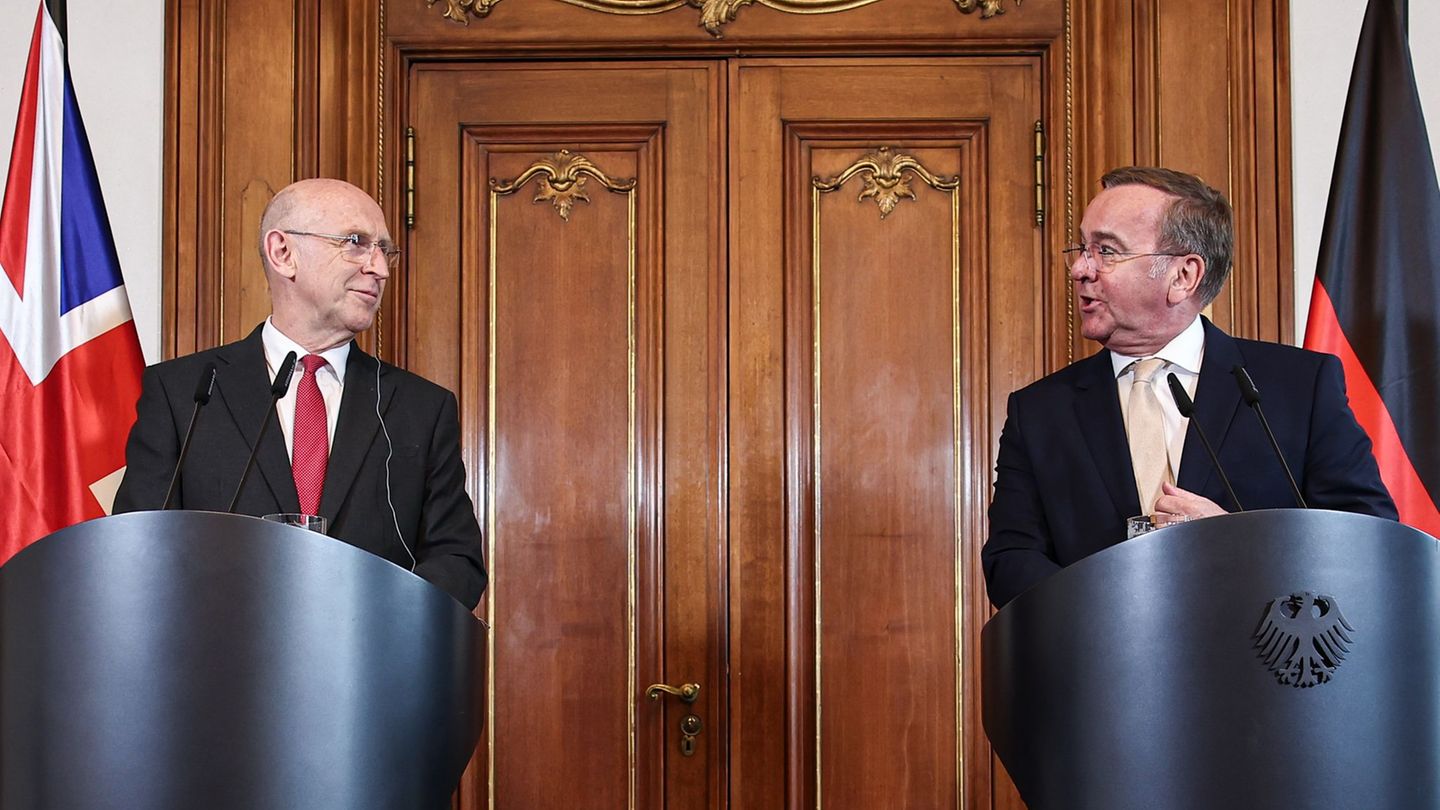All over the world, people have witnessed major environmental events and experienced extreme weather conditions, bringing climate change to the forefront of society’s minds.
According to a report VisualGPS, iStock’s creative research program, The climate crisis has come to the top of the list of concerns of people around the world, but especially in Argentina and in the region. Currently, the issue is on the same level as concerns about inflation, the energy crisis or even issues related to world peace.
Nowadays, 7 out of 10 people around the world believe they have made significant progress towards living a more environmentally conscious life, according to VisualGPS. In Argentina the percentage is similar, but for example in Brazil, this figure rises to 9 out of 10 individuals. Also, near the 85% of Argentines believe that, when deciding which brands to use or buy, it is crucial that the company has sustainable business practices. Still, more than half say it’s too much work to research what brands are actively doing to mitigate threats to the environment.
iStock’s research also shows that, with environmental awareness growing significantly in recent years, there has also been an increase in consumer mistrust of the socio-environmental practice claims of market-dominating companies and brands. In his analysis, VisualGPS discovered that 85% of the Argentineans interviewed believe that products are designed to appear more ecological than they really are. That figure drops to 58% if you look at Japan, for example.
“Historically, in different sectors, advertising campaigns have promoted the idea of individual responsibility. We are used to seeing images and videos that highlight certain sustainable practices, from recycling to cycling to reusable shopping bags. These concepts, mostly driven by brands and public policies, reinforce the idea that sustainability is an individual responsibility”, affirms the Dr. Rebecca Swift, Global Head of Creative Insights at iStock.
“However, according to our VisualGPS results, while individuals believe that the government bears the primary responsibility for addressing sustainability efforts and environmental concerns related to global climate change, people believe that companies are just as responsible as individuals, to protect the planet and disseminate sustainable practices”, he adds.
All the findings indicate that people around the world believe that sustainability is a shared responsibility. However, to date, research shows that the expectations of each subject involved seem to fall mainly on others, and not on themselves.
“As the climate crisis accelerates, consumers are becoming more informed about what is sustainable, how it affects the environment, who is responsible, and whether or not they trust its *environmentally friendly* claims.” At the same time, companies should be careful to choose visual messages that fit the bill,” concludes Dr. Rebecca Swift.
With 3 out of 4 consumers making purchase decisions based on visual content, iStock experts share some insights on how companies can harness these insights to more authentically visualize their sustainability practices and build customer trust. :
For example, visuals related to the environment and sustainability that are based on commonplace clichés, such as the lone polar bear or hands holding a sapling, are often too abstract to stand out or resonate in a crowded visual landscape.
Instead, it is necessary to focus on large-scale visual content (often supported by public policies), such as actions in the field of infrastructure, renewable energy, agriculture, water conservation or the management of green spaces; visual content and initiatives that break down the barriers of practices that are often considered “greenwashing”
Source: Ambito
David William is a talented author who has made a name for himself in the world of writing. He is a professional author who writes on a wide range of topics, from general interest to opinion news. David is currently working as a writer at 24 hours worlds where he brings his unique perspective and in-depth research to his articles, making them both informative and engaging.




